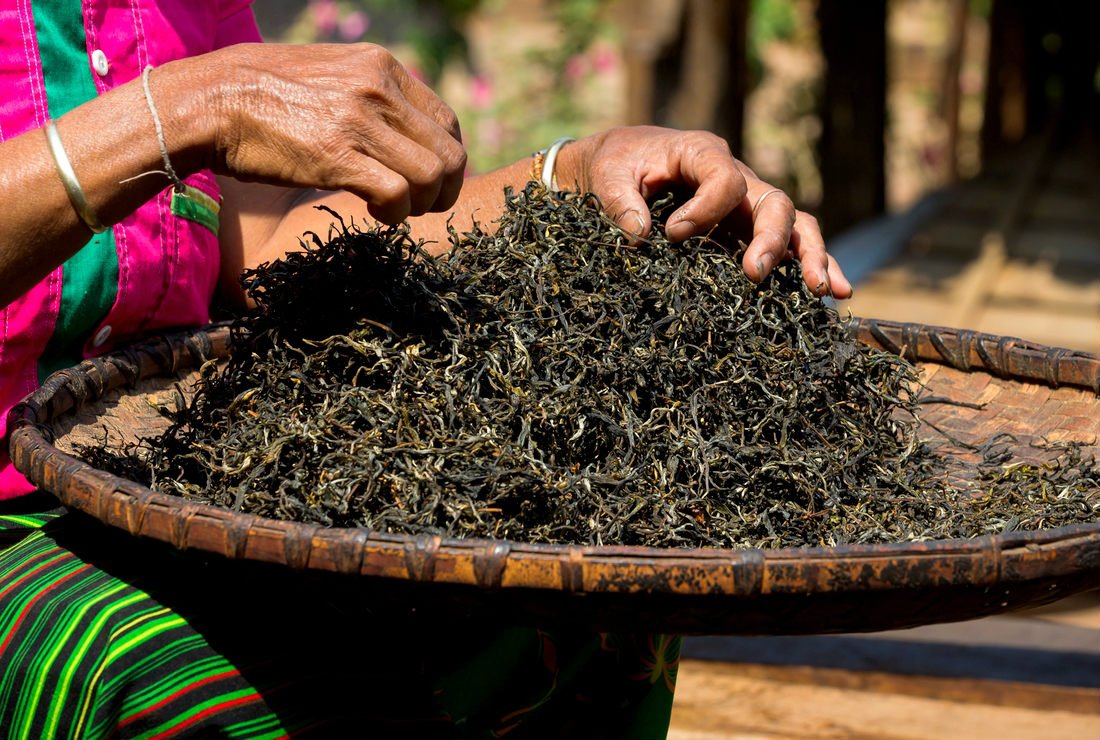Huadong Chen, Shengmin Sang*
Center for Excellence in Post-Harvest Technologies, North Carolina Agricultural and Technical State University, North Carolina Research
Campus, 500 Laureate Way, Kannapolis, NC 28081, USA
ABSTRACT
Tea is one of the most widely consumed beverages worldwide and has received increasing attention from researchers and food industries for various reasons mainly related to its health benefits. Polyphenols, such as catechins for green tea and theaflavins and thearubigins for black tea, are considered to be the main active components of tea. Recently, there is increasing awareness that the beneficial health effects of tea could be partly contributed by breakdown products of its polyphenols formed in the gut. Different studies have been carried out to understand the formation of microbially derived metabolites of tea components and their bioactivities. In general, tea catechins are typically transformed to specific hydroxyphenyl-c-valerolactones, which could be further metabolized to smaller phenolic acids by gut flora. This review summarizes the current knowledge on the metabolism of major tea components by gut microbiota and the bioactivities of their metabolites.
2014 Elsevier Ltd. All rights reserved.
CONCLUSION
Numerous studies have found that gut microbiota plays an important role in the metabolism of polyphenols. Therefore, the role of gut microbiota should be further examined in order to better understand the beneficial health effects of tea. Deployment of in vitro gut models, humanized mouse models, and human intervention trials, in combination with deployment of metabolomics and microbiomics, provide a prerequisite for unraveling the role of colonic microbiota in the bioconversion of tea polyphenols. In general, these microbial metabolites are further absorbed and metabolized by phase II enzymes, to finally enter the circulation or eliminated in the urine. The bioactivity of these metabolites, mainly small phenolic acid and hydroxyphenyl-c-valerolactone, remains largely unknown. Further studies on the bioactivity of these metabolites are warranted. Strong inter-individual variations on the metabolism of these compounds were found in both in vitro and in vivo experiments. System biology strategies need to be pursued for linking gut microbial diversity to nutritional phenotypes and bioactivity of the tea polyphenols. Ultimately, direct strategy for personalized nutrition based on dietary modulation of gut microbial functionality of individuals or populations is a promising area for future research.
Les produits associés à cet article :
Lire aussi sur le même thème

Antioxidant molecules of tea (Camellia sinensis) decrease hepatic lipogenesis and steatosis in a high fat-sucrose diet NAFLD rat model
Recent studies suggested that oxidative stress could trigger lipid accumulation in liver and thus subsequent development of hepatic steatosis which contributes to alter ...

Effet d’un extrait de thé Hao Ling® (Camellia sinensis) sur l’activité antioxydante et hépatoprotectrice sur une culture primaire d’hépatocytes de rat
Dans cette étude, nous avons étudié les effets hépatoprotecteurs et antioxydants de l'EGCG et d’un extrait de thé Hao Ling® (PTE) sur une culture primaire d'hépatocytes ...



